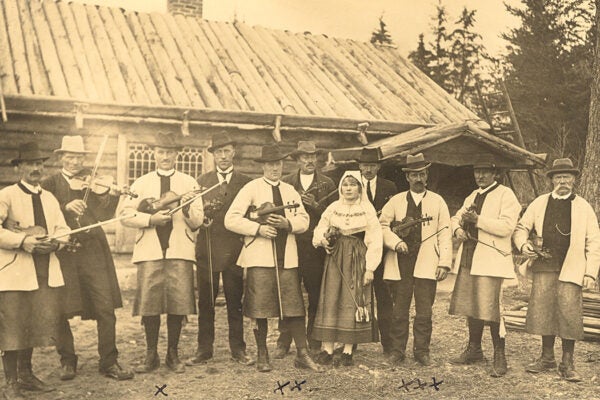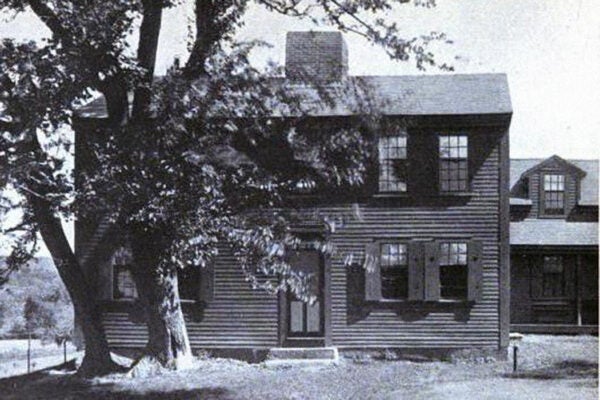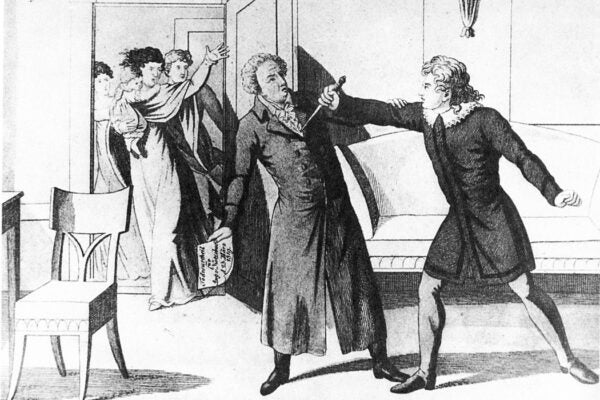The Tricky Politics of Swedish Folk Music
In the early twentieth century, folk music in Sweden was connected with right-wing nationalists, leaving a complicated inheritance for today’s music fans.
The Great Arms Bazaar of the Nineteenth Century
In the late nineteenth century, fed by the disintegration of the Ottoman empire, the European arms race created a global military surplus.
The Alcott Anarchist Experiment
The failures at Fruitlands showed that anarchist and vegetarian ideals weren’t enough to sustain a community—spiritually or nutritionally.
Assassination of A Playwright, Birth of A Nationalism
The 1819 assassination of playwright August von Kotzebue by theology student Karl Sand is considered one of foundational moments in German nationalism.
New Paper Argues That the Universe Began with Two Big Bangs
Bang bang all over the Universe.
How Madagascar’s Queen Ranavalona Helped Define Queen Victoria
In the nineteenth century, Queen Ranavalona became a foil to Queen Victoria, her “savage” queenship held in contrast to that of the “civilized” female monarch.
Teaching Summary Skills with JSTOR Daily
Helping students to summarize scholarly works starts with getting them to ask the right questions about the material and the purpose of the exercise.
Conflict Archaeology in Normandy
The light management of forests in Normandy since WWII helped preserve the remains of German supply depots and other artifacts of war hidden in the woodlands.
Lady with an Ermine Meets Nazi Art Thief Hans Frank
Leonardo da Vinci’s famous painting bore witness to the administrative acts that enabled the crimes committed against Polish Jews during World War II.
Paris’s Wild Costume Balls
As urban growth brought rich and poor Parisians closer together in the 1830s, masked balls encouraged class mixing and costumes that crossed gender lines.









